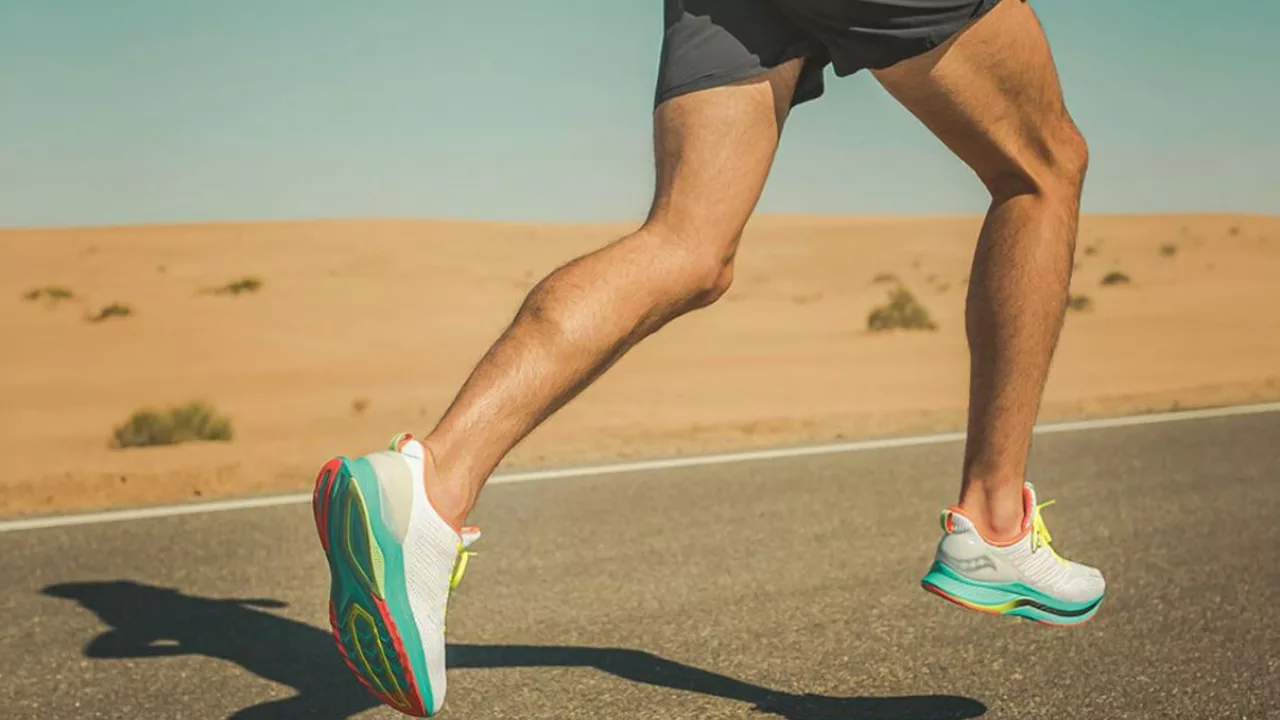Understanding the Basics of Running in Cleats
Before we delve into the pros and cons of running in cleats, it's essential to have a clear understanding of what cleats are and why they are used. Cleats are specialized shoes designed with protrusions on the sole that provide excellent grip on surfaces, especially during outdoor sports like soccer, football, and baseball. They are typically used on grass or muddy fields where traction can be a significant issue. Now, let's look at the benefits of using these shoes.
Benefits of Running in Cleats
Running in cleats presents a host of advantages, particularly for athletes. One of the main benefits is the enhanced traction they offer. This can be crucial in sports where quick and sudden movements are required. Such improved grip can minimize the risk of slipping and falling, thereby preventing potential injuries.
Cleats also provide better control over your movements. Whether you're sprinting, stopping abruptly, or changing direction quickly, cleats can support these movements more effectively than regular athletic shoes. Lastly, they improve performance by allowing for greater speed and agility. By wearing cleats, you can easily outpace opponents and make swift maneuvers that could lead to scoring opportunities.
Drawbacks of Running in Cleats
Despite the numerous advantages, running in cleats also has its drawbacks. A significant disadvantage is the potential for foot and ankle injuries. Due to the rigid nature of cleats, they can put a lot of stress on your feet and ankles, especially when used frequently or for extended periods. This can lead to conditions like plantar fasciitis, stress fractures, or ankle sprains.
Another downside is the lack of versatility. Cleats are designed for specific sports and surfaces and may not be suitable for other activities or terrain. For instance, using cleats for running on hard surfaces or indoor facilities could lead to discomfort and potential injury. Finally, cleats can also be more expensive than regular athletic shoes, which could be a deterrent for some people.
Choosing the Right Cleats for Running
Given the pros and cons, choosing the right cleats becomes a crucial aspect. The right pair should provide sufficient traction and control, offer comfort, and reduce the risk of injury. Factors to consider when choosing cleats include the type of sport, the surface you'll be playing on, fit, and personal comfort. You may also want to consider the material, the type of cleats (molded or detachable), and the price.
Proper Care and Maintenance of Cleats
Maintaining your cleats is just as important as selecting the right pair. Proper care can prolong their lifespan and ensure they continue to provide the necessary support and protection. This includes cleaning them regularly, drying them properly to prevent the growth of bacteria and fungi, and replacing them when they start to wear out or become uncomfortable.
Final Thoughts on Running in Cleats
In conclusion, running in cleats comes with its own set of advantages and disadvantages. While they can significantly improve performance in certain sports, they also carry potential risks and drawbacks. Therefore, it's crucial to weigh these factors and make an informed decision based on your specific needs and circumstances. Remember, the right pair of cleats can be a game-changer, but only if used correctly and responsibly.
